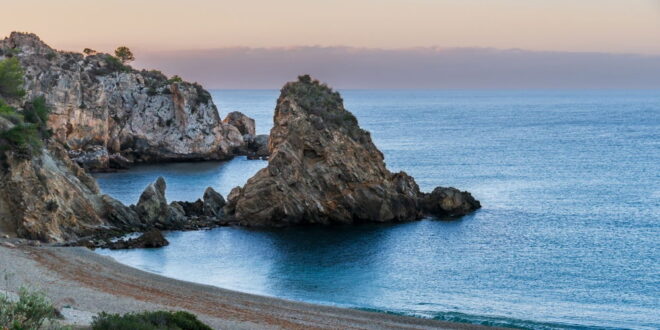Costa del Sol, undoubtedly, is one of Spain’s iconic destinations. The golden sands and crystal clear waters of the Costa del Sol are ideal for water sports or relaxing. It is also known for its delicious cuisine which includes seafood, fresh fish and traditional dishes such as sardines on the skewer.
Costa del Golf is another name for the Costa del Sol. It has world-class golf course. These courses are popular with enthusiasts around the world because of their challenging courses and panoramic views. They provide a setting that is a combination of natural beauty, and technical challenges.
Among its cities, Málaga has been praised Forbes has named it the best city to live in. The city is known for its excellent services, high-quality of life and vibrant cultural life. From museums and art galleries to theatres and festivals, Málaga offers a wide range of artistic activities that enrich the lives of both residents and visitors.
Discover the magic of places from Cala del Cañuelo in Nerja, famous for its marine biodiversity, to the idyllic Cala de Maro, surrounded by cliffs and turquoise waters.
Fasten your seatbelts!
Cala del Cañuelo (Nerja)
Straddling the Málaga-Granada border, Cala del Cañuelo nestles under the Maro-Cerro Gordo Cliffs, its sandy-gravel shore lapped by see-through waters. Snorkelers enjoy spotting the endangered orange coral in the marine life. Chiringuito Las Piedras is nearby, serving up fresh seafood. There are also restrooms, showers and lifeguards to make your day hassle-free. Its tranquility makes this cove a great winter suntrap, as it is far away from the summer crowds.
How to get to Cala del Cañuelo in Nerja
Drive 12 kilometres east from Nerja on the N-340 toward Almuñécar, taking exit 402, or use the A-7 to La Herradura exit. Park at the cliff-top and catch the €2 round-trip minibus, running 10 am to 10 pm, courtesy of the Andalusian Regional Government. The steep path makes it difficult for children or people with mobility problems to walk. Traffic restrictions protect the area’s rich eco-rich cliffs.
Cala del Pino (Nerja)
Cala del Pino is located four miles east of Nerja between Alberquillas Beach, Torre del Pino and surrounded by pine trees and prickly pear. Nudists can enjoy a nudist area near a large rock dividing the beach. This adds to Cala del Pino’s free-spirited feel. The lack of facilities means you’ll need to pack your own equipment, but the rewards are pristine waters that are perfect for diving in rocky nooks. This quiet cove remains a secret even in August.
Cala del Pino is located in Nerja.
Follow the N-340 north from Nerja. Then take the A-7 until you reach exit 295. Follow the N-340 signs until you reach the entrance of the cove. Parking nearby, walk down the steep and rugged paths. With kids, luggage, or mobility problems, the trail is difficult. You’ll need to bring water and snacks as there is no food or drink available on the site.
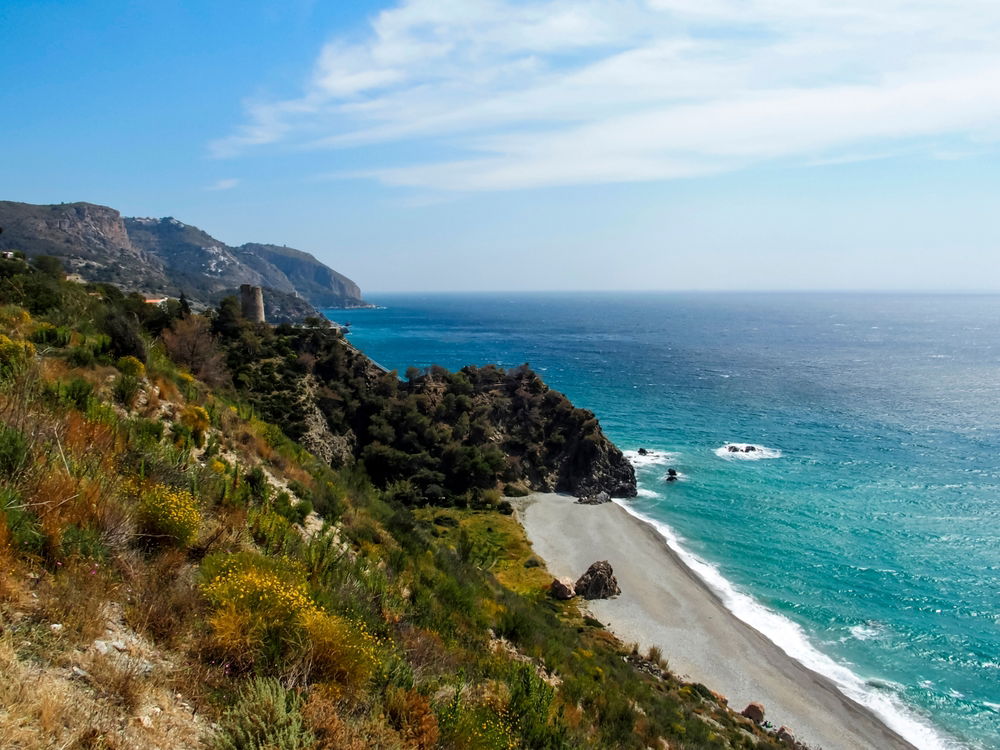
Cala Barranco de Maro (Nerja)
Cala Barranco de Maro at the mouth of Maro ravine is a peaceful pocket with reeds, tropical crops and other plants. Water shoes are required to navigate the crystal clear waters on a pebbly surface. The nearby Maro Waterfall also attracts kayakers. The lack of amenities makes it perfect for those seeking unspoiled nature.
Cala Barranco de Maro: How to reach it
Take the N-340 toward Nerja and Almería. After kilometer 294, turn left onto the old highway just before a tight bend. After 300 metres turn left and drive up to the tool shed. Park, and then walk up a steep narrow path in sugarcane. This path is slick, so it’s best to avoid with young children or those who have mobility issues.
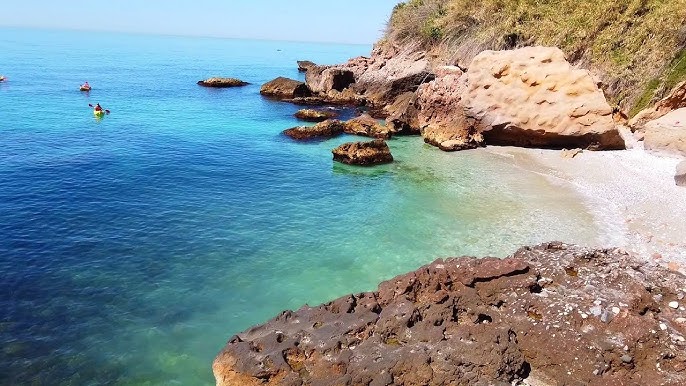
Cala de las Doncellas (Nerja)
Tucked between Peñón del Fraile and Punta Caleta, Cala de las Doncellas is a cliff-guarded retreat reachable only by a scenic hiking loop. The Maro-Cerro Gordo Cliffs frame stunning views; without facilities, it’s pure wilderness—pack essentials for a day of solitude.
Cala de las Doncellas, Nerja: How to reach it
From Nerja, take the N-340 toward Almuñécar, following Maro-Cerro Gordo Cliffs signs. The circular route can be accessed by parking in the designated area. This rocky trail is not suitable for children, seniors or people with limited mobility. Bring water and supplies.
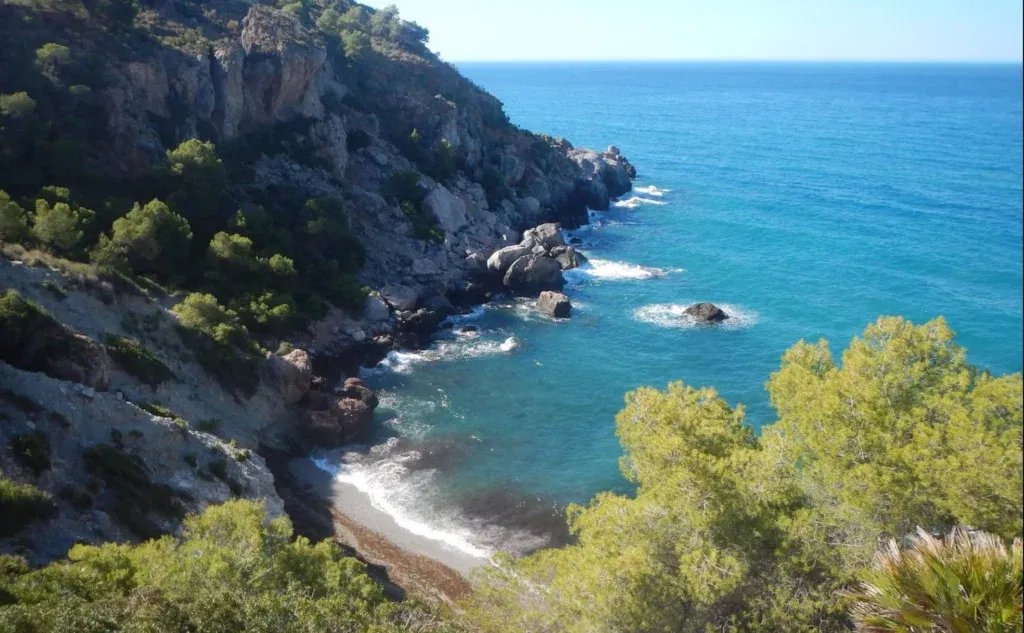
Playa de las Viborillas (Benalmádena)
This 500-metre chain of coves in Benalmádena hides among cliffs and greenery, offering a secluded island feel. The restrooms, showers and lounge chairs are all available for rent. La Viborilla Restaurant offers paella while overlooking the sea. This is a great choice for families who want to enjoy nature without crowds.
How to get to Playa de las Viborillas in Benalmádena
From Málaga, take the MA-21 to Benalmádena, then follow Fuengirola signs. Turn left after the Torrequebrada Casino at the Nueva Torrequebrada Roundabout. You will need to park and then descend steep steps. Nearby, the M120 bus stop is located.
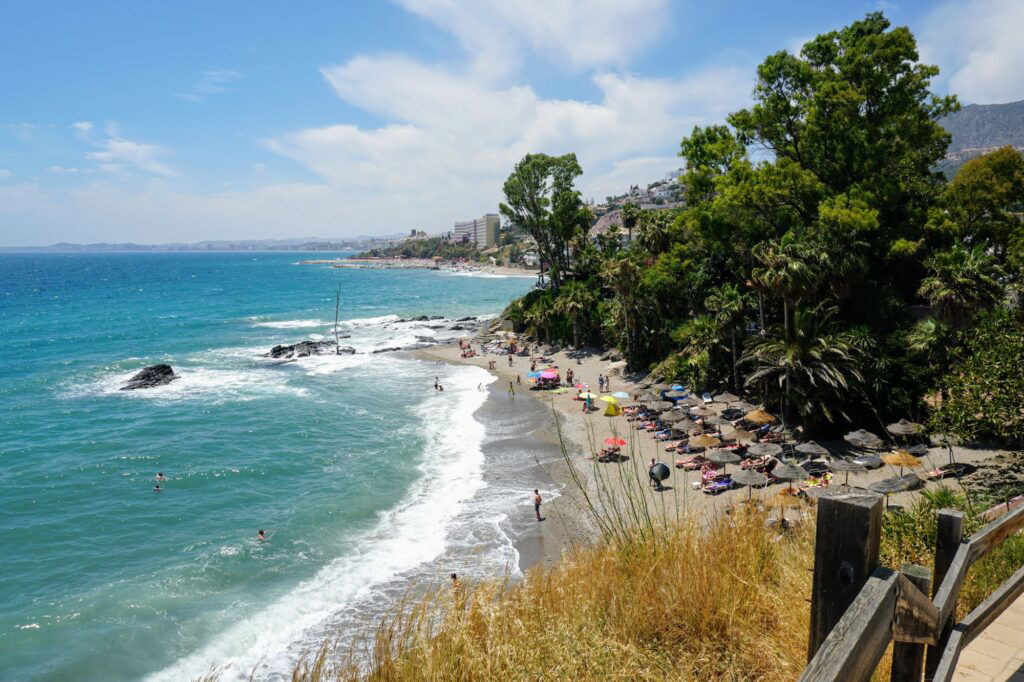
Peñón del Cuervo Beach (Málaga)
Between El Palo and La Araña, this Málaga cove boasts a rock teeming with mussels and gobies. This family-friendly cove is wheelchair-accessible, and has a barbecue and children’s zone. The endangered Málaga everlasting flower blooms nearby, adding a rare touch.
How to get to Peñón del Cuervo Beach
Drive to the Peñón del Cuervo wastewater plant off the N-340. Westbound, use the EMASA detour; eastbound, exit at La Araña. Enter the park through a tunnel that is not lit. From El Palo, cyclists can access the Coastal Path. Parking’s tight on summer weekends.
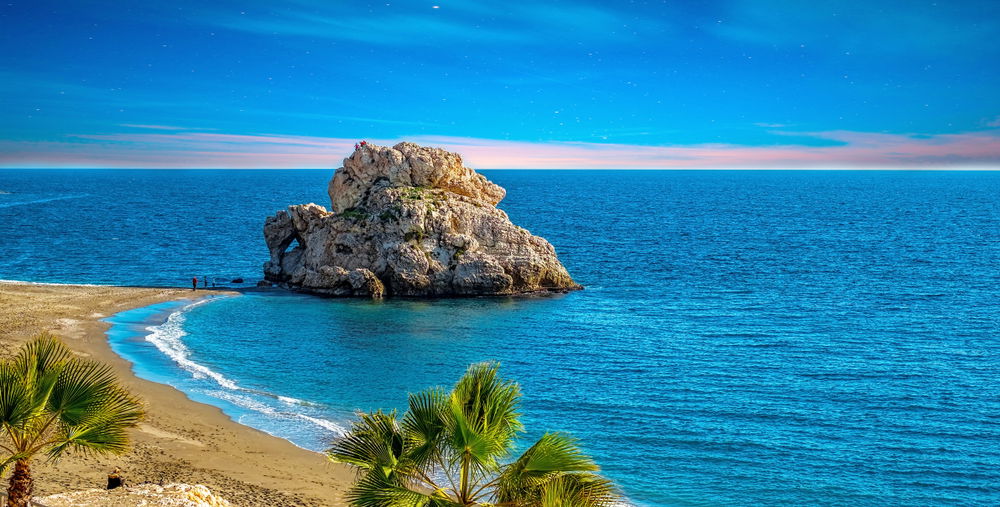
Molino de Papel Beach (Maro)
The 400-metre-long Maro cove is a mix of sand and stones, and its water is fed by the La Miel River. History is added by the ruins of an old paper mill dating back to 1920 and a watchtower from 18th century. It’s a great place for snorkeling, but it is a bit difficult to get to.
Molino de Papel Beach is located in Maro.
Follow the beach signs on N-340. Park in a small, unguarded lot—arrive early in summer. The steep slope requires sturdy shoes and is not recommended for elderly people or those with mobility problems. You can follow signs from the road.
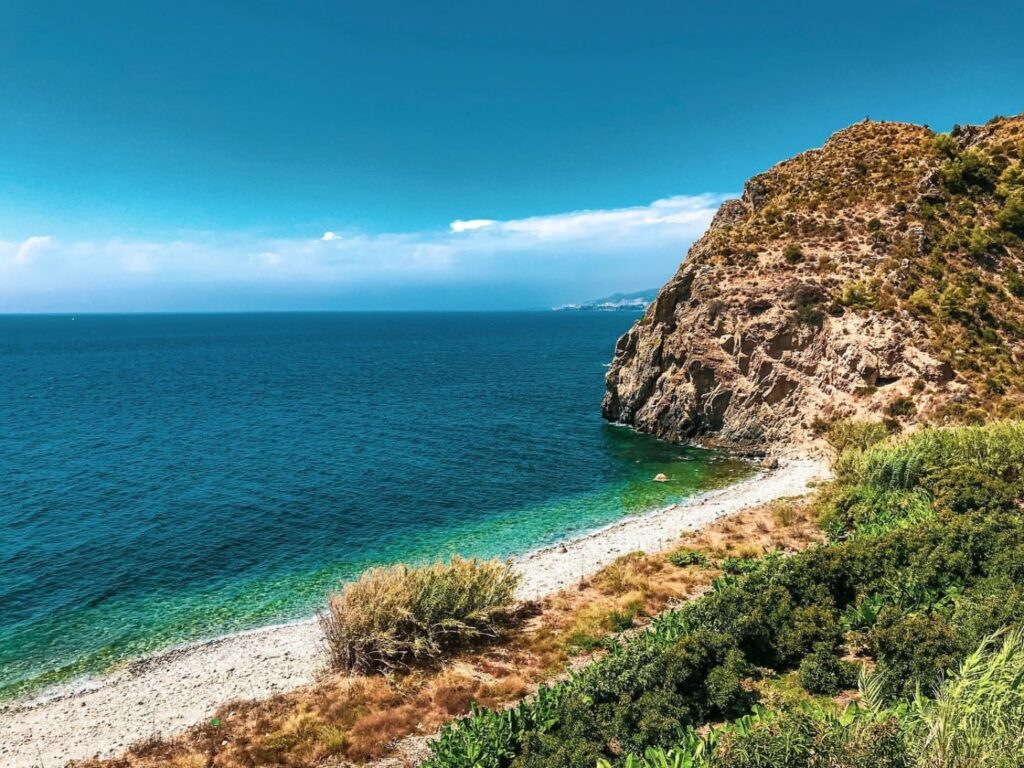
 Costa News Spain Breaking News | English News in Spain.
Costa News Spain Breaking News | English News in Spain.
